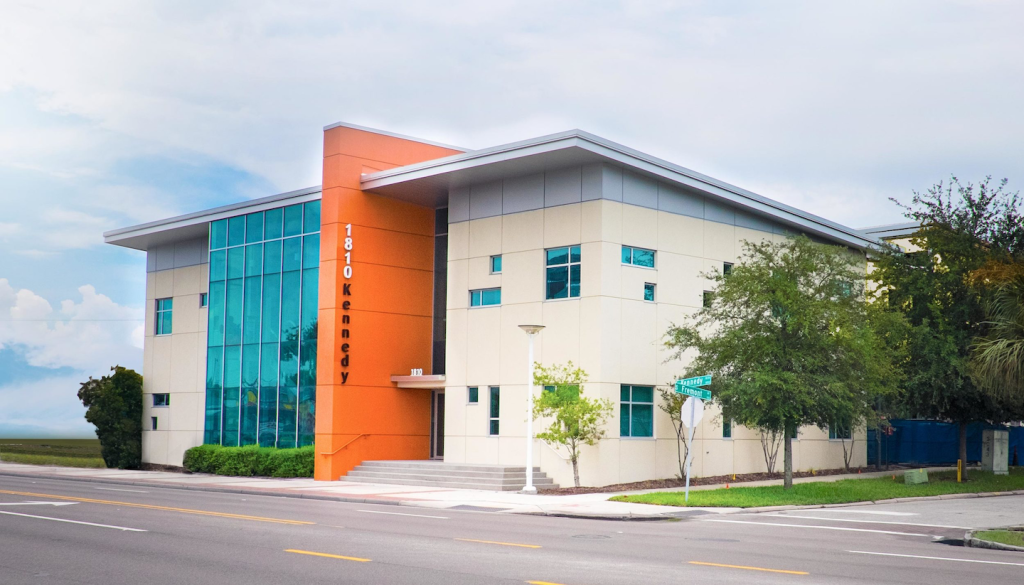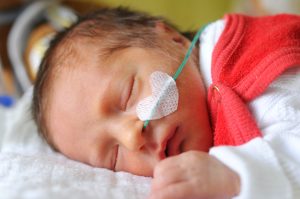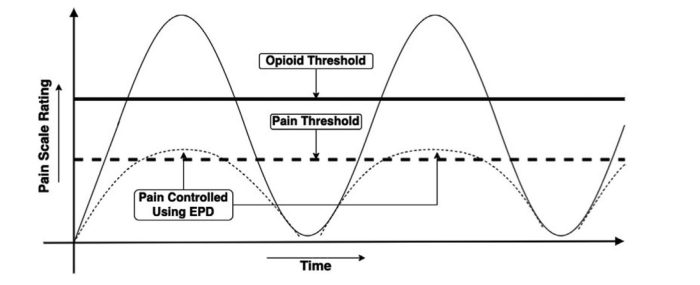National Institutes of Health (NIH) awards a new research grant to SRC Biosciences

“An AI-based Multimodal Approach To Predict Pain In Postnatal Care Scenarios”
Mid-1990s to the Present. SRC Biosciences (Stereology Resource Center, Inc.) has provided the Stereologer®, the most innovative stereology system in the world, to the global bioscience industry.
2017-2023. With funding from the National Science Foundation (NSF), SRC and our long-time colleagues at the Department of Computer Science & Engineering at University of South Florida (USF) developed the first Artificial Intelligence (AI)-based software for automatic collection of stereology data from stained tissue sections. The result of this work is Fully Automatic Stereology Technology (FAST®).
2022-present. SRC and USF are now expanding our applications of AI technology to develop novel methods that allow newborns in the neonatal ICU (NICU) to avoid post-surgical pain.
Baby Pain Avoidance Technology (Baby PAT™). In collaboration with Tampa General Hospital and funding from the National Institutes of Health (NIH) and additional funding from the Florida Tech Corridor Foundation (Orlando, FL) to give Explainable AI (X-AI) for Baby Pat.
Background. Recent advances in medical technology, surgery techniques, and supportive healthcare have enhanced the survival rate for babies born prematurely or with life-threatening conditions. A further consequence of these trends is substantially more newborns experiencing severe post-surgical pain in NICU.
Babies Feel Pain. Until the early 1990s, it was not clear that the developing nervous system of neonates could experience severe pain. Today we know they do — newborns experience similar levels of pain as adults.

The current regimen is after surgery neonates admitted to NICU experience severe post-surgical pain, which is routinely treated with narcotics such as fentanyl or morphine. These narcotics (opioids) reduce pain; however, they also induce severe opioid dependence that causes a plethora of physical and mental side effects to the developing newborn.
Project Goals
- Collect multimodal data (facial expression, body movements, crying frequency, vital signs) from a cohort of post-surgical neonates admitted to the NICU at Tampa General Hospital.
- Use these data to build Early Pain Detection (EPD) software that uses Machine Learning to alert NICU caregivers ~30 minutes prior to pain onset for each newborn.
- Caregivers use this therapeutic window to “stay ahead of the pain” using non-narcotic analgesia (acetaminophen, NSAIDs).

Thus, EPD avoids the need for neonates to experience neural damage from severe post-surgical pain, the side effects of opioid treatment, and further damage and risks during opioid withdrawal in NICU.

